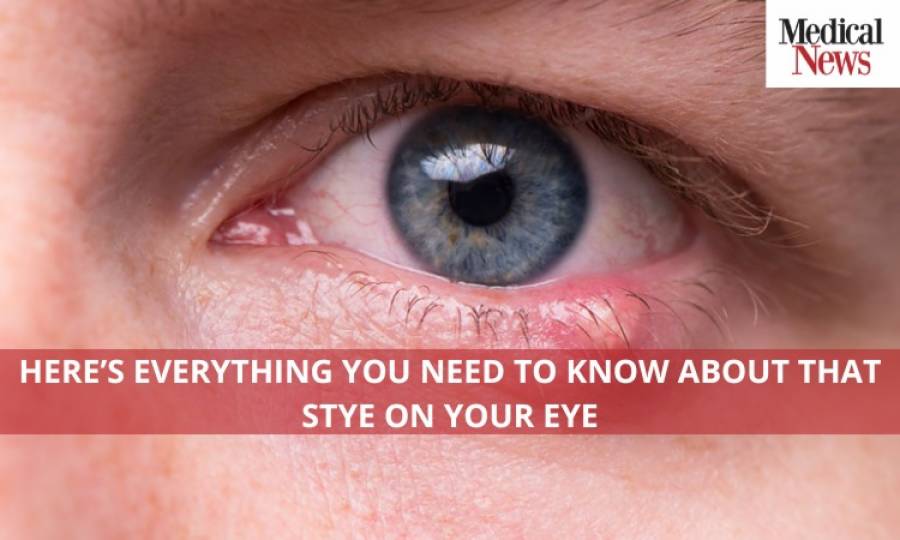Here's Everything You Need to Know About That Stye On Your Eye

A stye is a small collection of pus caused by eyelid inflammation. The bacterium Staphylococcus causes most skin infections. Inflammation of the sebaceous gland is what causes a stye. It goes by many different names, including sty and hordeolum. A bacterial infection triggers an inflammatory response. Styes often heal after a week. However, the symptoms won't go away for others, and they'll need further medical attention.
Symptoms
A stye appears as a painful, red swelling on the eyelid, which, in turn, causes the eye to water and become red. In many cases, the lump resembles a boil or a pimple. It is quite unusual for both eyes to have styes simultaneously. In most cases, a stye will only affect one eye. However, more than one stye may form in a single eye, and even both eyes can be affected.
There may be other signs of a stye, such as:
· Blurry vision
· Tearing
· Discharge of mucus from eye
· Itching of eye
· Burning sensations
· Discomfort while blinking
Types of Stye
The majority of styes occur on the skin of the eyelid, where they may become yellow and pus-filled. An internal stye is more painful than an external one because it develops within the eyelid.
You may classify a stye as one of two broad classes:
External hordeolum: An external hordeolum is a cluster of styes that develops on the skin of the eyelid's edge. If you touch one when it becomes yellow and pus-filled, it might hurt. External stye may be caused by infections in the eyelash follicle, Sebaceous gland, or Apocrine gland.
Internal hordeolum: An internal hordeolum means that the swelling is located inside the eyelid. A hordeolum on the inside of the body usually causes more significant discomfort than one on the outside. They are commonly caused by a meibomian gland infection and are also known as "internal styes" among medical professionals. The secretion from these glands is an essential component of the tear film that protects the eye.
In most cases, a stye may heal without any treatment at all. If the stye is painful, though, pain medication might be beneficial. Until the stye has disappeared, you shouldn't put any lotion or cosmetics on your eyes or contacts.
The bottom line
Styes are painful and frequent, but they're seldom serious. Stye consequences include cyst formation and infection spread. Lack of sleep or certain cosmetics may also cause styes. If a stye continues, doctors may prescribe antibiotics.
Trending
Popular
Sindh pledges vigorous action to prevent poliovirus transmission
-
PMA stresses health equity on World ...
04:08 PM, 9 Apr, 2024 -
Dow University’s new rabies vaccine ...
12:18 PM, 28 Mar, 2024 -
IRD role lauded in advancing ...
02:53 PM, 12 Mar, 2024 -
Over one billion people worldwide ...
09:48 AM, 5 Mar, 2024




